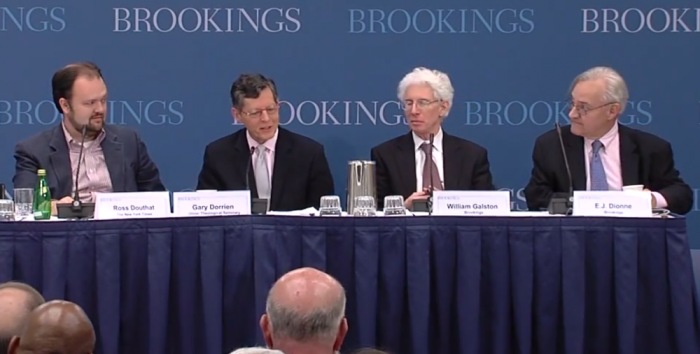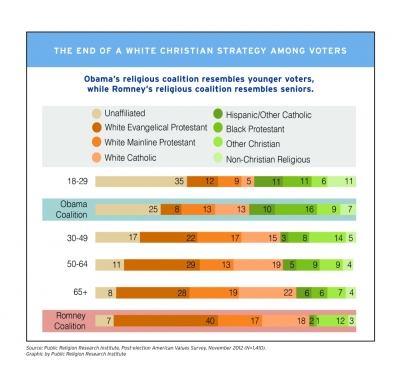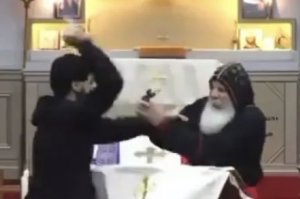Liberals, Democrats Need the Religious Left, New Brookings Report Argues

WASHINGTON — A "Religious Left" movement will remain an essential component of the Progressive Movement in America, yet it will never be as important to liberalism as the Christian Right is to conservatism, a new Brookings Institution report by E. J. Dionne and William Galston argues.
While the Religious Left is a lot more ideologically diverse than the Christian Right, the report notes, (there is no agreement on abortion, for instance) the disparate strands of religious progressives can unite on the broad theme of "economic justice," or advocacy on behalf of the poor.
While much of the discussion regarding religion and politics over the last 30 years has been mostly about the Christian Right and conservatism, the report shows some demographic trends that suggest religious Democrats will become more significant while religious Republicans will diminish in the future.

Using data from the Public Religion Research Institute, Dionne and Galston point out that the religious makeup of voters who selected Barack Obama looks more like the religious makeup of 18 to 29 year olds. The religious makeup of those who picked Republican presidential candidate Mitt Romney, on the other hand, more closely resemble older voters, those 50 and up.
Like the Romney coalition, older voters have a high proportion of white Evangelicals and white Catholics. The Obama coalition, on the other hand, is more diverse, with a greater proportion of white mainline Protestants, non-white Catholics, black Protestants and non-Christian religious groups.
The report does not downplay, however, the significant challenges there are to building a politically significant Religious Left coalition. Among those challenges: the Religious Left is more heterogeneous and has fewer issues upon which they all agree, the Progressive Movement in America has a significant number of seculars who are suspicious of, or hostile to, religiously-motivated political movements, and religious liberals comprise only a small part of the Democratic coalition.
Another challenge is that parts of the Religious Left, such as Mainline Protestants and Catholics, have seen diminishing numbers in recent decades. During the Q&A part of the panel discussion, Dionne noted that young Americans have abandoned Evangelical churches in part over the issue of gay marriage. He then concluded that political involvement would be "good for liberal churches" by helping them reverse their decline.
And finally, while the coalition envisioned by Dionne and Galston is built upon the current young generation, and upon the notion that religious groups will use government action to empower the poor, they point out that young people today distrust both government and religion.
"Many young adults who believe in economic justice have more confidence in social networks they can create than in public institutions that seem resistant to change, slow to act, and all too often in thrall to powerful interests," the report states.
The panel presentation had six discussants providing their responses to the report. Closing remarks were delivered by Sister Simone Campbell, executive director of NETWORK and the "nuns on the bus" organizer.
One of the discussants was Gary Dorrien, Reinhold Niebuhr Professor of Social Ethics at Union Theological Seminary. Dorrien praised the report's mention of community organizing groups, and suggested these groups could form the backbone of a Religious Left. The main groups active today, he said, are Industrial Areas Foundation, Gamaliel (a group that once employed Barack Obama as a community organizer), PICO and DART. Of those, he added, PICO is "surging" and "thriving."
Dorrien also criticized the report for leaving out environmental issues and justice issues related to "racial and sexual identities."
Dionne and Galston are both senior fellows and The Brookings Institution, a left-of-center think tank. Additionally, both are university professors — Dionne at Georgetown and Galston at University of Maryland. Dionne is a columnist for The Washington Post and Galston writes a weekly column for The Wall Street Journal.
Dionne, a Catholic, has long argued that the Democratic Party needs to do a better job at embracing the arguments of religious liberals. Galston, a former policy advisor to President Bill Clinton, often speaks for centrist, or conservative, Democrats.
You can read the full report here, or watch the full presentation below.




























